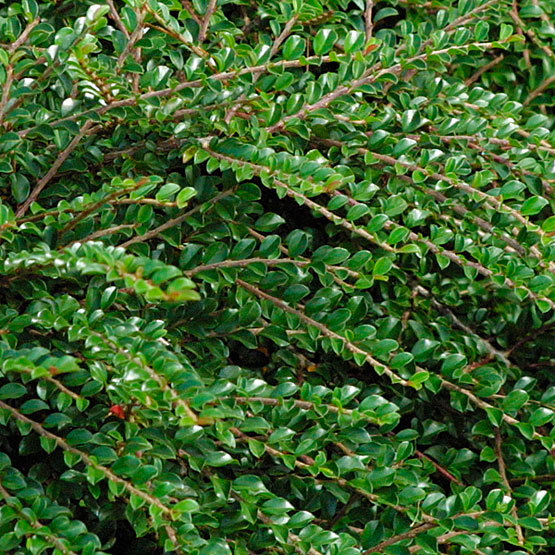
Bees are drawn to the small white or pink flowers of these deciduous to evergreen shrubs or trees. Most species are grown for their red or orange autumn berries. Cotoneaster are commonly grown in shrub borders, as hedges, or screens. Other uses include wall training, rock gardens, ground covers, and weeping standards. Plants in this genus are native to temperate areas of Europe, Asia, and North Africa. The natural form creates a dense, distinctive branching.
Noteworthy CharacteristicsAttractive berries.
CareModerately fertile, well drained soil. Full sun. Minimal pruning, but prune hard to reshape or increase density.
PropagationSow seeds when ripe in autumn. Root cuttings in summer.
ProblemsRust, powdery mildew, cankers, fire blight.




















